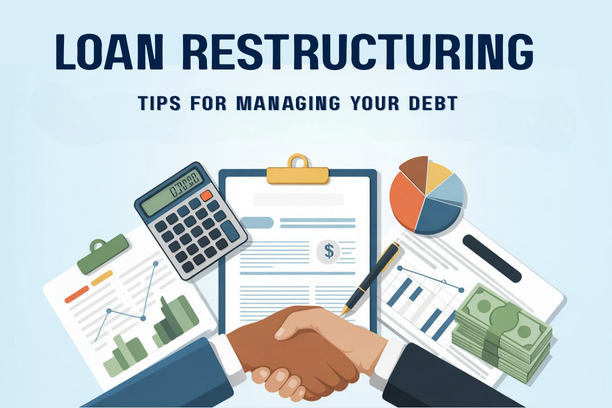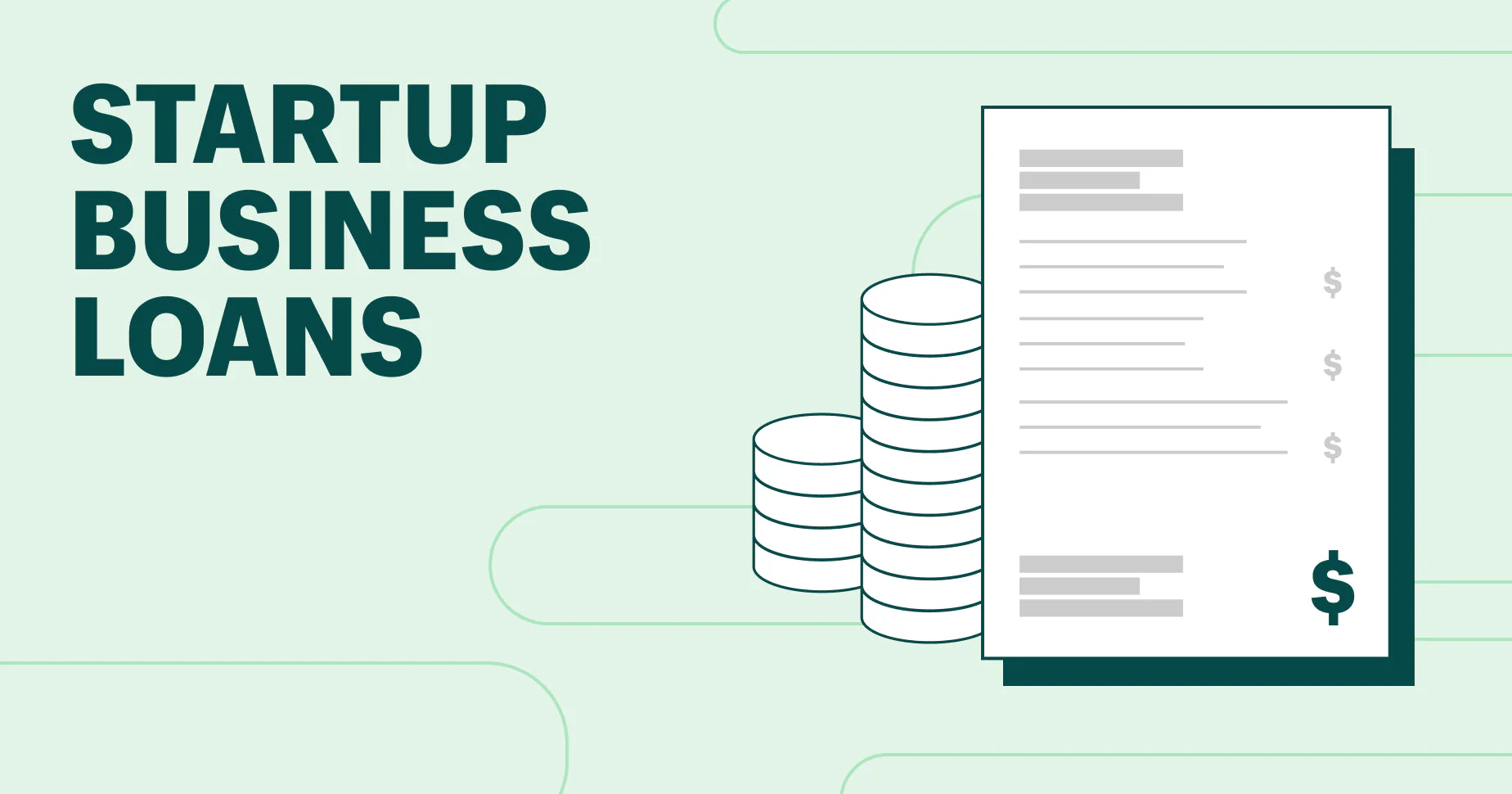For many Filipinos, buying a pre-owned, or “second-hand,” home presents an attractive alternative to buying a brand-new property. It often comes with the benefits of a more established location, a larger lot area, and a lower price point. However, getting a loan for a pre-owned home is a different process from financing a new house and lot. It requires a greater emphasis on due diligence, a thorough understanding of the property’s legal status, and a more rigorous appraisal from the lending institution. This comprehensive guide will walk you through the unique challenges, your best financing options, and a complete checklist of documents and procedures to ensure a smooth and successful purchase of your pre-owned dream home.
1. The Unique Challenge of Financing a Pre-Owned Home
When you buy a brand-new house from a developer, much of the paperwork and due diligence has already been completed. When you buy a pre-owned home, the responsibility of verification falls squarely on you, the buyer.
Pre-Owned vs. Brand-New: The Critical Differences
The financing for a pre-owned home is unique because the property’s value and legal status are not as straightforward as a new house from a reputable developer.

- Independent Appraisal: When you finance a new house from a developer, the lender and developer often have a pre-existing relationship, and the property’s value is more standardized. With a pre-owned home, the lender will always require an independent appraisal by a third-party appraiser. The loan amount they approve will be based on this appraised value, not necessarily the selling price.
- Complex Legal Due Diligence: A brand-new house comes with a clean title and a clear history. A pre-owned home, however, may have a history of previous owners, mortgages, and legal issues. The burden is on the buyer to ensure the title is clean, free from liens, and that all taxes and fees have been paid.
- “As-Is, Where-Is” Nature of the Property: You are buying the property in its current state. The loan approval is based on this condition, and you are responsible for any necessary repairs or renovations. This is a significant consideration that does not apply to a brand-new property.
Understanding these differences is the first and most critical step in getting a loan for a pre-owned home.
The Non-Negotiable Step: Due Diligence on the Property
Before you even fill out a loan application, you must perform your own due diligence on the property. This is your best defense against potential legal and financial headaches.
- Check the Title: You must get a certified true copy of the Transfer Certificate of Title (TCT) or the Condominium Certificate of Title (CCT) from the Registry of Deeds. You should also request a “certified true copy of the TCT with no prior transactions” to ensure the title is free from any existing mortgages, encumbrances, or legal disputes.
- Check the Tax Records: Verify with the local government’s Assessor’s Office that the property’s Tax Declaration is in the seller’s name and that all Real Property Taxes (RPT) have been paid up to date. You must request a copy of the latest tax receipt to confirm this.
- Physical Inspection: Beyond the legal documents, you must conduct a thorough physical inspection of the house. Check for structural issues, plumbing problems, electrical faults, and roof damage. It’s often wise to hire a professional home inspector to ensure you are aware of all potential repair costs.
A lender will perform their own due diligence, but your own careful investigation provides an extra layer of protection.
2. Your Financing Options for a Pre-Owned Home
The good news is that both the Pag-IBIG Fund and commercial banks offer excellent financing options for pre-owned homes. The choice between them depends on your financial profile and personal preferences.
The Pag-IBIG Housing Loan: A Reliable Choice
The Pag-IBIG Housing Loan is a popular and reliable choice for getting a loan for a pre-owned home. Its accessible requirements and affordable interest rates make it a go-to for many Filipinos.
- Same Loan for New and Pre-Owned: The Pag-IBIG housing loan can be used for both brand-new and pre-owned properties. The application process and requirements are very similar, with a few extra documents needed for the pre-owned property.
- Low Interest Rates: Pag-IBIG offers some of the lowest interest rates in the market, thanks to its government-mandated nature. These rates are a major advantage, as they significantly reduce the total cost of your loan over a long-term repayment period.
- Loan Amount Based on Appraisal: The loanable amount for a pre-owned home from Pag-IBIG will be based on the lower of two values: the selling price or the appraised value of the property. This is a critical factor to remember, as it may affect the down payment you need to make.
The Flexibility of Commercial Bank Home Loans
Major commercial banks like BDO, BPI, and Metrobank also offer home loans for pre-owned properties, and they provide a great deal of flexibility.
- Faster Processing: For borrowers with a strong credit history and a stable income, banks can often provide faster pre-qualification and approval, sometimes in as little as a few weeks.
- Higher Loan Amounts and Flexibility: Banks may be more flexible in lending larger amounts, especially for high-value properties in prime locations. They also offer a wider range of fixed-rate terms (e.g., 1, 3, 5, or 10 years), allowing you to choose a term that best fits your financial plan.
- Rigorous Appraisal: A bank’s appraisal process is often more stringent for a pre-owned home. They will not only appraise the property’s value but also its physical condition and location, which can affect the final loan amount.
Exploring an Assumption of Mortgage
An assumption of mortgage is a unique option that is only available for pre-owned homes that have an existing mortgage.
- How it Works: In this scenario, you, as the buyer, take over the seller’s existing mortgage. You will pay the seller a lump sum for the equity they have built (the difference between the current market value and the outstanding loan balance), and you will then assume the responsibility for the remaining monthly payments on the loan.
- Pros and Cons: The main advantage is that it can be a faster process than applying for a new loan, and you may be able to secure the same interest rate as the seller, which could be lower than the current market rate. The downside is that you need a significant amount of cash for the equity payment, and the bank must approve you as the new borrower. This is an option that requires close coordination with the seller and the lending bank.
3. The Application and Purchase Process
The path to ownership for a pre-owned home is a well-defined process that requires meticulous attention to detail.

A Comprehensive Checklist of Required Documents
When applying for a loan, you will need to provide documents from both yourself (the borrower) and the seller.
- Borrower Documents:
- Duly accomplished Home Loan Application Form.
- Two valid government-issued IDs.
- Proof of Income (e.g., ITR, COE, payslips for employed; Audited Financial Statements for self-employed).
- Property and Seller Documents:
- Copy of the Transfer Certificate of Title (TCT) or Condominium Certificate of Title (CCT).
- Copy of the Tax Declaration of the land and improvements.
- Copy of the latest Real Property Tax Receipt.
- Deed of Absolute Sale (or a Contract to Sell).
- Valid IDs of the seller.
Having a complete set of these documents is crucial for a smooth and efficient application process.
A Step-by-Step Guide to the Home-Buying Process
- Find a Property and Conduct Due Diligence: Once you find a property you like, perform the due diligence steps mentioned earlier to verify its legal and physical condition.
- Negotiate and Sign the Contract to Sell: After agreeing on the price, you and the seller will sign a Contract to Sell, which will be the basis of your loan application. You will then pay a reservation fee or a down payment as agreed upon.
- Submit Your Loan Application: With the Contract to Sell and all the necessary documents, you will submit your loan application to your chosen bank or Pag-IBIG Fund.
- Bank Appraisal: The lender will send an appraiser to the property to determine its fair market value and its condition.
- Loan Approval and Disbursement: Once your loan is approved, the bank will release a Letter of Guarantee. You and the seller will then proceed with the legal process of transferring the title.
- Title Transfer: The bank will disburse the loan amount to the seller, and the title of the property will be transferred to your name, with the bank’s mortgage annotated on the TCT.
Conclusion
Getting a loan for a pre-owned home is a journey that requires careful planning, meticulous due diligence, and the right financial partner. While the process may seem more complex than buying a brand-new house, the rewards of owning a well-located and established property are immense. By understanding the unique challenges, performing a thorough investigation of the property, and choosing the right financing option from either the Pag-IBIG Fund or a commercial bank, you can confidently navigate the process and successfully acquire your pre-owned dream home.













